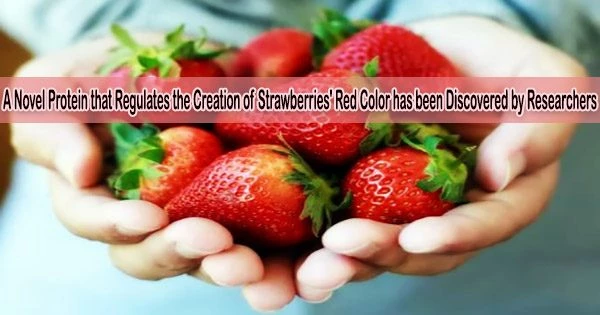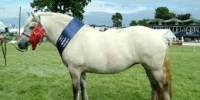The University of Cordoba’s research team has identified a new transcription factor that controls the development of the anthocyanins that give strawberries their red color as they ripen.
The strawberry is a unique fruit in terms of color, flavor, texture, and aroma. In the ripening process of the strawberry, these elements known as organoleptic qualities that affect their quality and the preferences of their potential buyers, as well as of the insects that disseminate the seeds, favor the growth of new plants.
The University of Cordoba’s Biotechnology and Plant Pharmacognosy research group, led by Juan Muñoz Blanco, has been studying the genetic regulation of strawberry ripening for a number of years.
By identifying a new protein involved in the regulation of the production of the fruit’s red color, they have now advanced their understanding of this important process.
It is known as a transcription factor protein (FaMYB123), which is responsible for activating or suppressing the expression of other genes.
Knowing which piece of the puzzle controls each part of the ripening process in this case, the color red then allows us to manipulate it genetically, or use it as a tool in breeding programs in which different varieties are mixed to create new ones.
Francisco Javier Molina Hidalgo
According to the study, which is part of the doctoral thesis of Félix J. Martínez-Rivas, a researcher trained at the UCO, was published in The Plant Journal. Anthocyanins, the pigments that give strawberries their distinctive red color, are produced primarily as a result of this transcription factor.
They developed a transgenic strawberry plant in which they suppressed the expression of the FaMYB123 transcription factor in order to confirm this, and they discovered that the amount of anthocyanins was more suppressed in those transgenic plants than in typical fruit. That example, the strawberry does not fully express its red hue without the transcription factor mentioned.
But since transcription factors function collectively rather than singly, this cannot be created by this protein alone. In this instance, the research team discovered that FaMYB123 is connected to another previously identified factor (FabHLH3), which is connected to the pigmentation of strawberries.
The two’s interaction helps to promote the production of anthocyanins as the fruit ripens.
The study, in short, provides new knowledge of the control of strawberry ripening. According to Francisco Javier Molina Hidalgo, on the research team, “knowing which piece of the puzzle controls each part of the ripening process in this case, the color red then allows us to manipulate it genetically, or use it as a tool in breeding programs in which different varieties are mixed to create new ones.”
In a nation like Spain, which is Europe’s top producer of strawberries, with the province of Huelva at the top of the list, understanding the ripening process in greater detail is essential.
















